Animal Camouflage: Now You See Me, Now You Don't
From sneaky sea creatures to woodland wizards, the animal kingdom is full of masters of disguise. Some blend into their surroundings like a perfectly placed throw pillow. Others go full shapeshifter mode, changing colors and textures as if they're starring in a sci-fi film. Either way, these creatures prove that sometimes, the best way to survive is not to be seen at all. So, let's embark on a wild safari into the world of animal camouflage — where things aren't always what they seem.

Why Do Animals Camouflage?
Before we meet our undercover MVPs, let's talk about why animals even bother with camouflage in the first place. In nature, survival is all about two things:
- Not getting eaten (very important).
- Successfully sneaking up on food (also very important).
Camouflage helps animals with both. Some creatures blend in to avoid becoming lunch, while others use their disguises to trick unsuspecting prey. Either way, staying hidden is a serious advantage — if no one can see you, no one can mess with you.
Animal Camouflage: 8 of the Top Disguise Artists

1. The Chameleon – The Color-Changing Celebrity
We have to start with the chameleon, the most famous camouflage artist of all time. If animals had talent shows, this guy would win "Best Quick Change Act" every year.
How They Do It:
Contrary to popular belief, chameleons don't change colors just to match their surroundings. Their skin contains special cells called chromatophores, which shift pigments to create different colors. They use these changes to communicate mood and temperature and, sometimes, yes, to blend in.
Why It's Cool:
- Mood rings are outdated. Chameleons are living, breathing mood boards.
- Some can go from bright green to deep red in seconds — talk about a wardrobe upgrade.
- They also have independently moving eyes, meaning they can watch their front and back simultaneously. Ultimate multitasking.

2. The Cuttlefish – The Underwater Illusionist
If chameleons are the Hollywood stars of camouflage, cuttlefish are the Vegas magicians. These oceanic tricksters don't just change color — they can also alter the texture of their skin, mimicking rocks, sand, and coral.
How They Do It:
Cuttlefish have layers of special pigment cells and tiny muscles that help them shift colors and create complex patterns. They can go from polka dots to stripes faster than you can change your phone wallpaper.
Why It's Cool:
- Scientists call them the "chameleons of the sea," but they might be even better.
- They can create hypnotic, moving patterns on their skin, which they use to hypnotize prey. Imagine a fish getting mesmerized and just swimming straight into its mouth. Wild.
- Despite being called cuttlefish, they are neither cuddly nor fish. They're cephalopods — related to squid and octopuses.

3. The Arctic Fox – Master of Seasonal Style
Fashionistas take note: The Arctic fox has a killer seasonal wardrobe. In summer, its fur is brown or gray, helping it blend in with rocky terrain. But when winter hits, it trades that look for a snowy white coat, making it entirely disappear against the icy tundra.
How They Do It:
This fox's fur changes color based on daylight hours, ensuring it's always on trend for the season. The switch isn't instant like a chameleon's — it's a gradual, natural wardrobe transition.
Why It's Cool:
- It's nature's version of a reversible jacket.
- Arctic foxes can survive in temperatures as low as -58°F (-50°C), colder than your freezer.
- They love to steal food from polar bears, which is peak mischievous energy.

4. The Leaf-Tailed Gecko – The Ultimate Optical Illusion
If geckos had a secret society, the leaf-tailed gecko would be the one no one could ever find. Native to Madagascar, this reptile looks like a dried-up leaf — with veins, irregular edges, and even tiny "bites" that mimic insect damage.
How They Do It:
Their bodies are shaped and colored like dead leaves, and they even sway gently when perched on a branch, as if they're just another leaf rustling in the breeze.
Why It's Cool:
- Some species have frilly skin that breaks up their outline, making them practically invisible.
- They take blending in so seriously that even their eyes have a camouflaged pattern.
- When threatened, they'll flatten against a tree and vanish like a ninja in a smoke bomb.

5. The Pygmy Seahorse – Tiny But Mighty at Hiding
If you've never seen a pygmy seahorse in real life, don't worry, you're not alone. These little guys areexperts at being overlooked. Measuring less than an inch long, they blend perfectly with the coral they live on. Scientists accidentally discovered them while studying sea fans (a type of coral).
How They Do It:
Pygmy seahorses don't just live on coral; they become coral. Their knobbly texture and exact color match the sea fan they cling to, making them practically indistinguishable.
Why It's Cool:
- They're so well hidden in coral reefs that we didn't evenknow they existed until the 1960s.
- They use their tails to latch onto coral and stay put, avoiding unnecessary movement.
- Each species of pygmy seahorse perfectly matches a specific type of coral — talk about dedication to interior design.

6. The Owl – The Feathered Phantom
Owls aren't just known for their wisdom — they're also camouflage geniuses. Many species, like the Eastern Screech Owl, have feather patterns that mimic tree bark, making them nearly invisible when they perch on a branch.
How They Do It:
Their mottled brown, gray, or white feathers blend seamlessly with their surroundings. Some owls even tilt their heads and compress their bodies to resemble broken tree limbs.
Why It’s Cool:
- They can sit motionless for hours, waiting for prey to wander too close.
- Even their facial discs help with camouflage, breaking up their outline in the shadows.
- Their silent flight makes them even more of a stealth legend.

7.The Snowshoe Hare – Seasonal Disguise Expert
If you’ve ever taken a winter walk through the woods and thought, “Wow, this place is empty,” think again. A snowshoe hare might be sitting right in front of you. These fluffy tricksters are the ultimate seasonal shapeshifters, swapping their summer wardrobe for a winter one that makes them practically disappear.
How They Do It:
Snowshoe hares don’t just blend in — they become their surroundings. In summer, they rock a brown and gray coat that keeps them safe among dirt and leaves. But as the days get shorter, just like the Arctic fox, their fur turns pure white, making them vanish into the snowy landscape like a magic trick.
Why It’s Cool:
- Their color change isn’t controlled by temperature — it’s triggered by daylight! So, if winter is late, they might be stuck looking like a white puffball in a sea of brown leaves (oops).
- Those giant, fuzzy feet? They act like built-in snowshoes, letting them sprint across deep snow while predators sink.
- They can leap up to 10 feet in one bound — like a bunny version of a superhero.

8.The Octopus – The Ultimate Underwater Houdini
Octopuses aren’t just good at hiding — they’re basically the special effects wizards of the ocean. One second, they’re chilling on a rock. The next? Gone. Poof. Where’d they go? No one knows.
How They Do It:
How do octopuses change color? The answer is they have millions of tiny color-changing skin cells called chromatophores that let them shift shades faster than you can blink. But that’s not all! They can also change the texture of their skin, making themselves bumpy, smooth, spiky, or whatever helps them blend into the ocean floor like a pro.
Why It’s Cool:
- The mimic octopus can impersonate other animals, like venomous sea snakes and spiky lionfish — because why just hide when you can scare away predators instead?
- They can match their surroundings even in total darkness by feeling the textures around them.
- Unlike most camouflaging creatures, octopuses choose when to go incognito. It’s not an automatic reflex — it’s a conscious decision. These guys are thinking about their disguises!
Final Thoughts: Nature's Greatest Disguises
From shape-shifting cephalopods to furry winter fashionistas, these animal camouflage experts prove that sometimes, blending in is the ultimate power move. Whether avoiding predators, hunting for dinner, or showing off their next-level survival skills, these animals remind us that disappearing in plain sight is truly an art.
And next time you're out in nature, take a second look at that leaf, rock, or tree branch — you never know what might be hiding right in front of you.

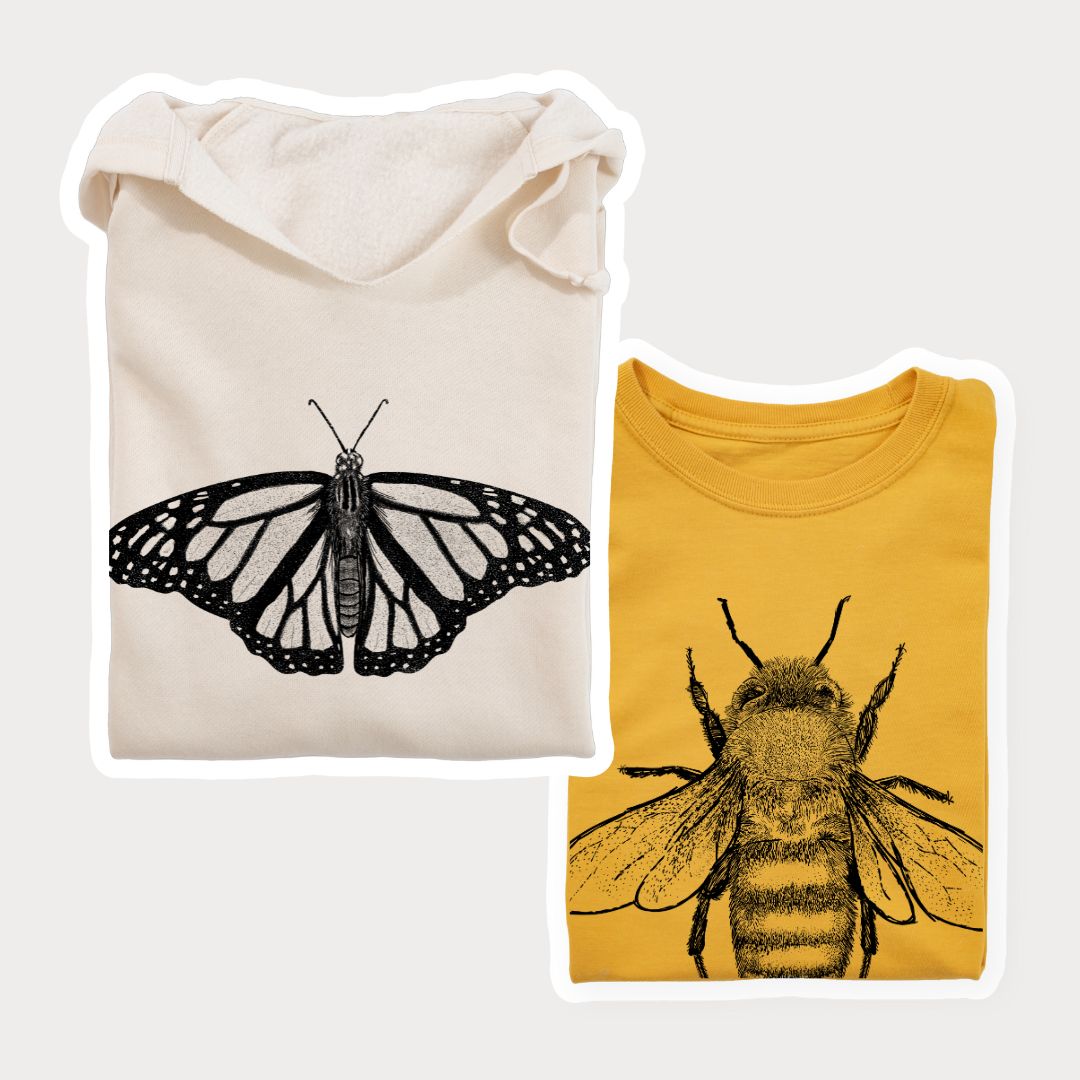

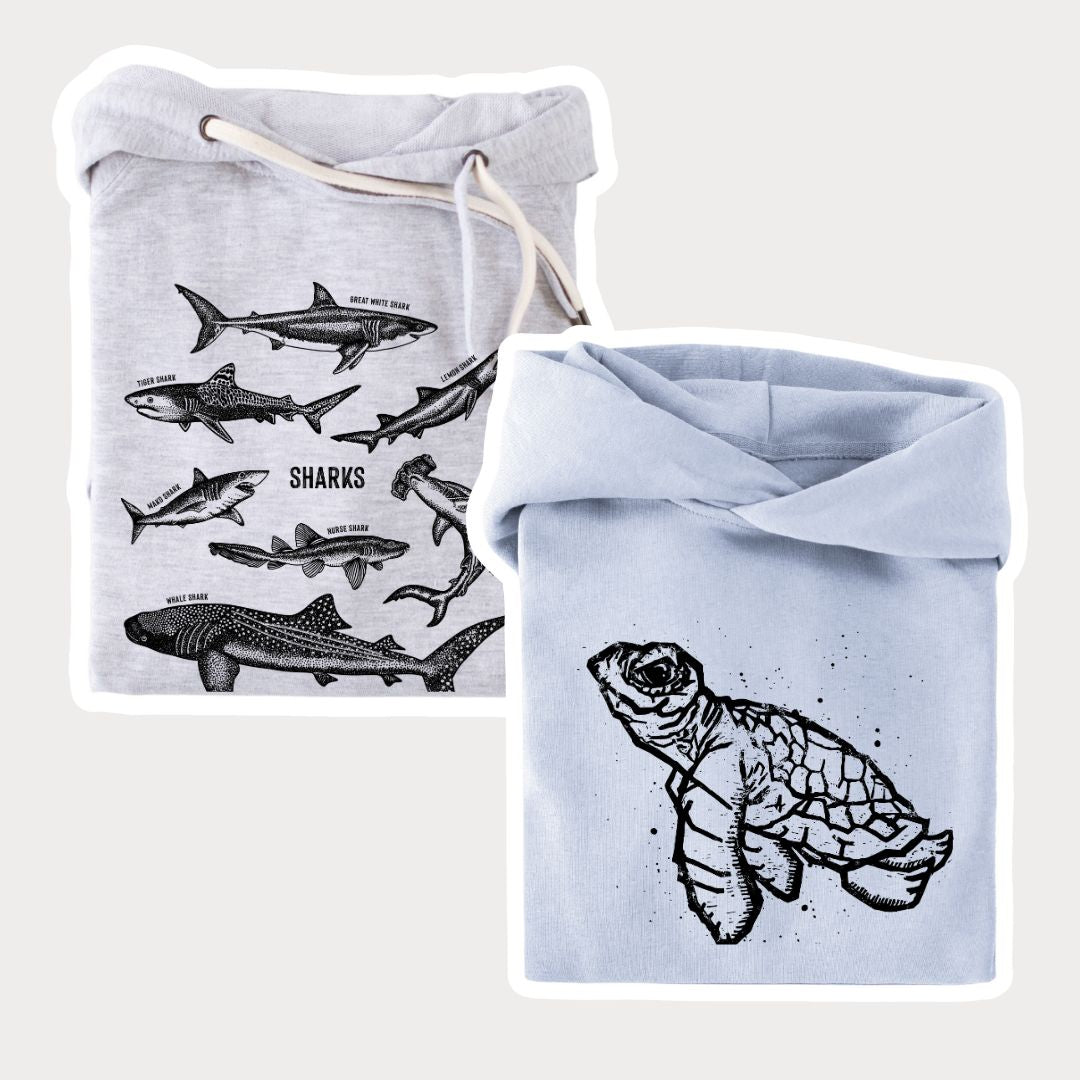
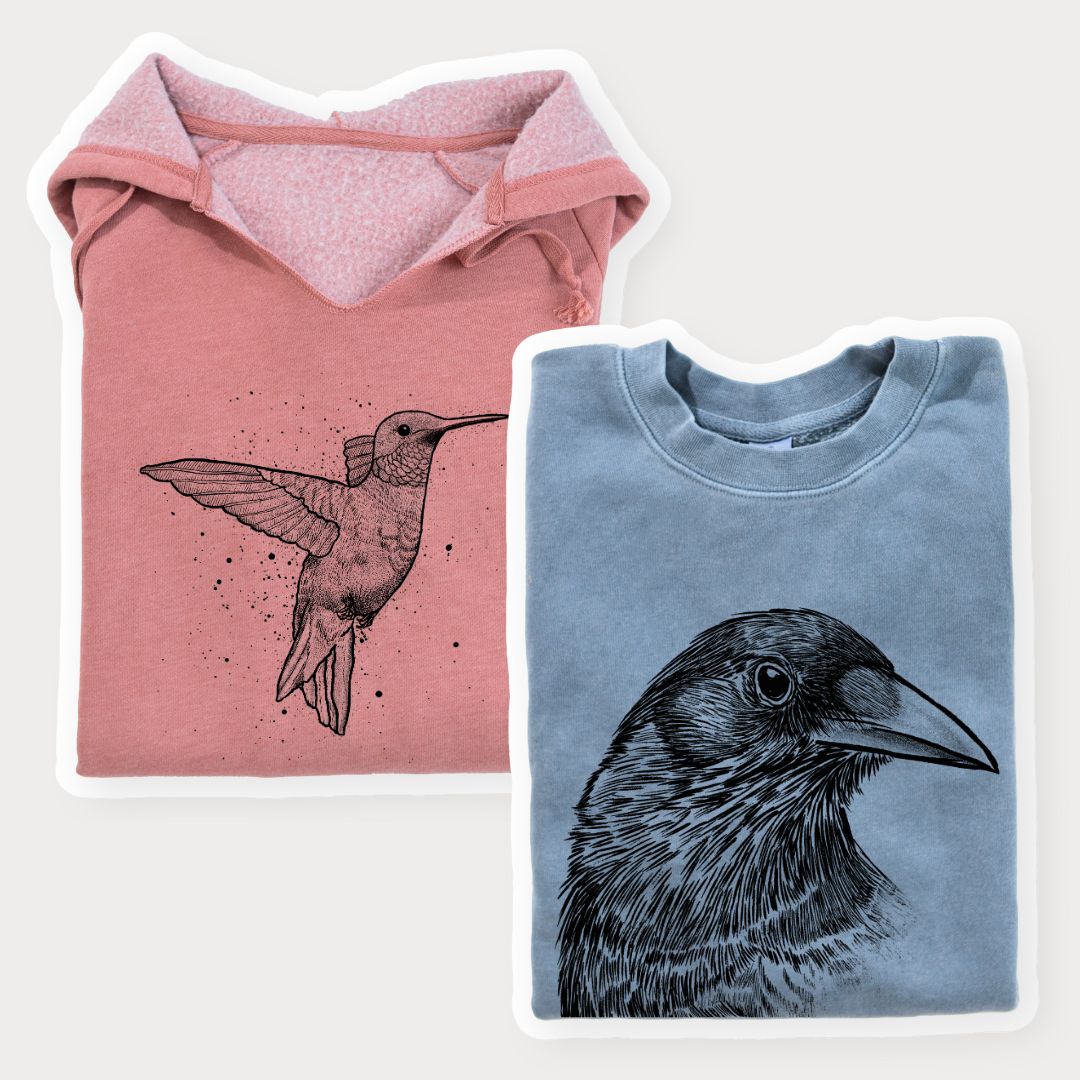
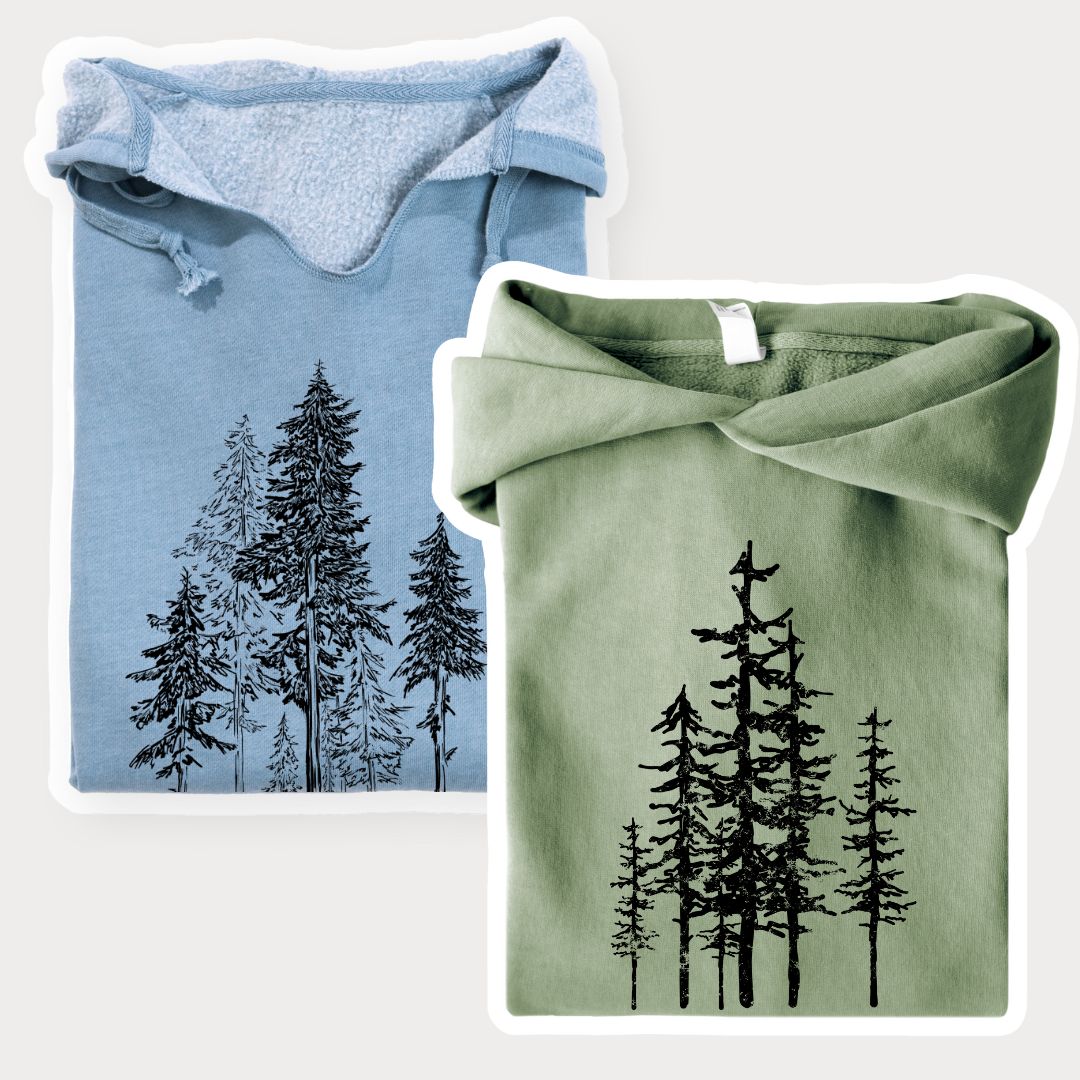
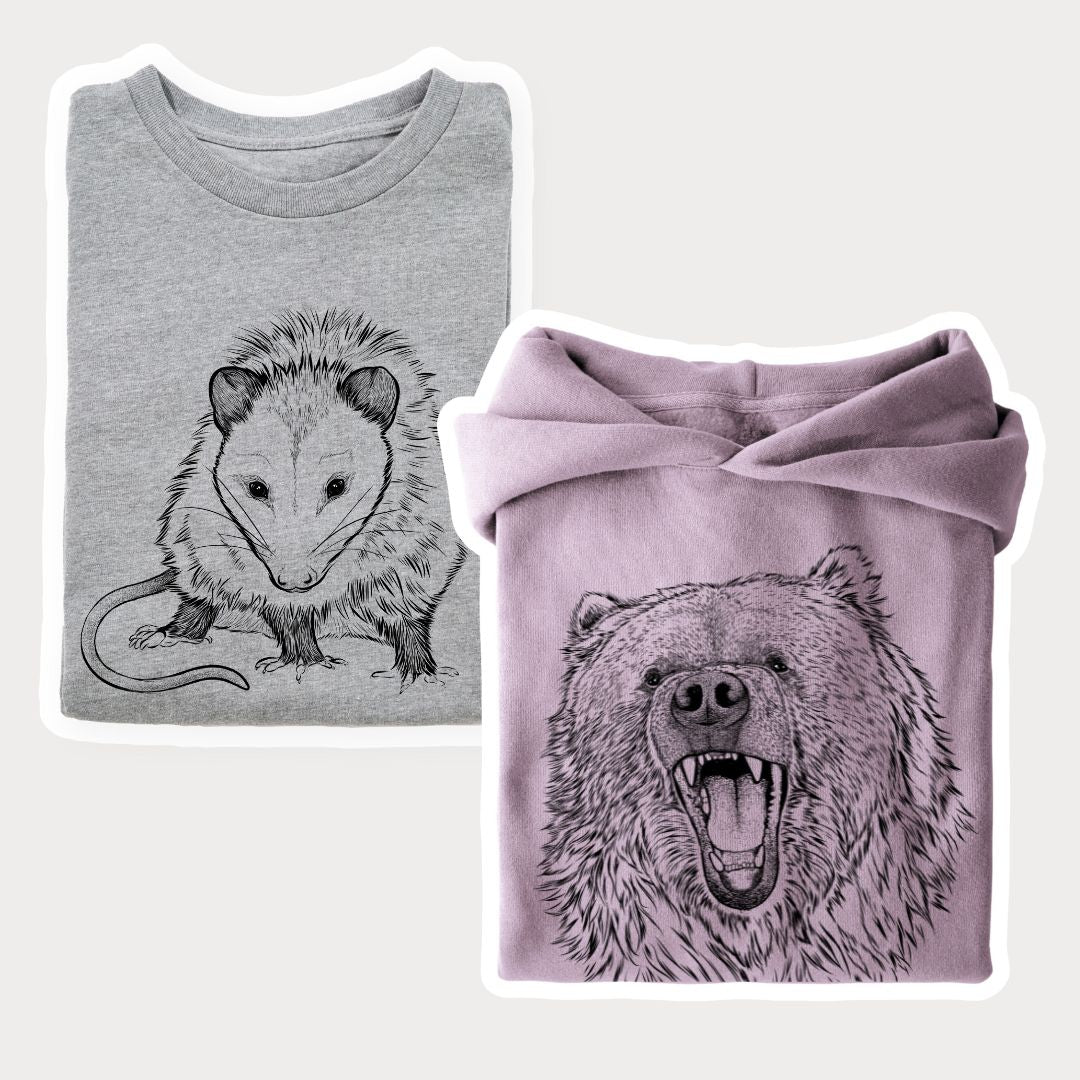


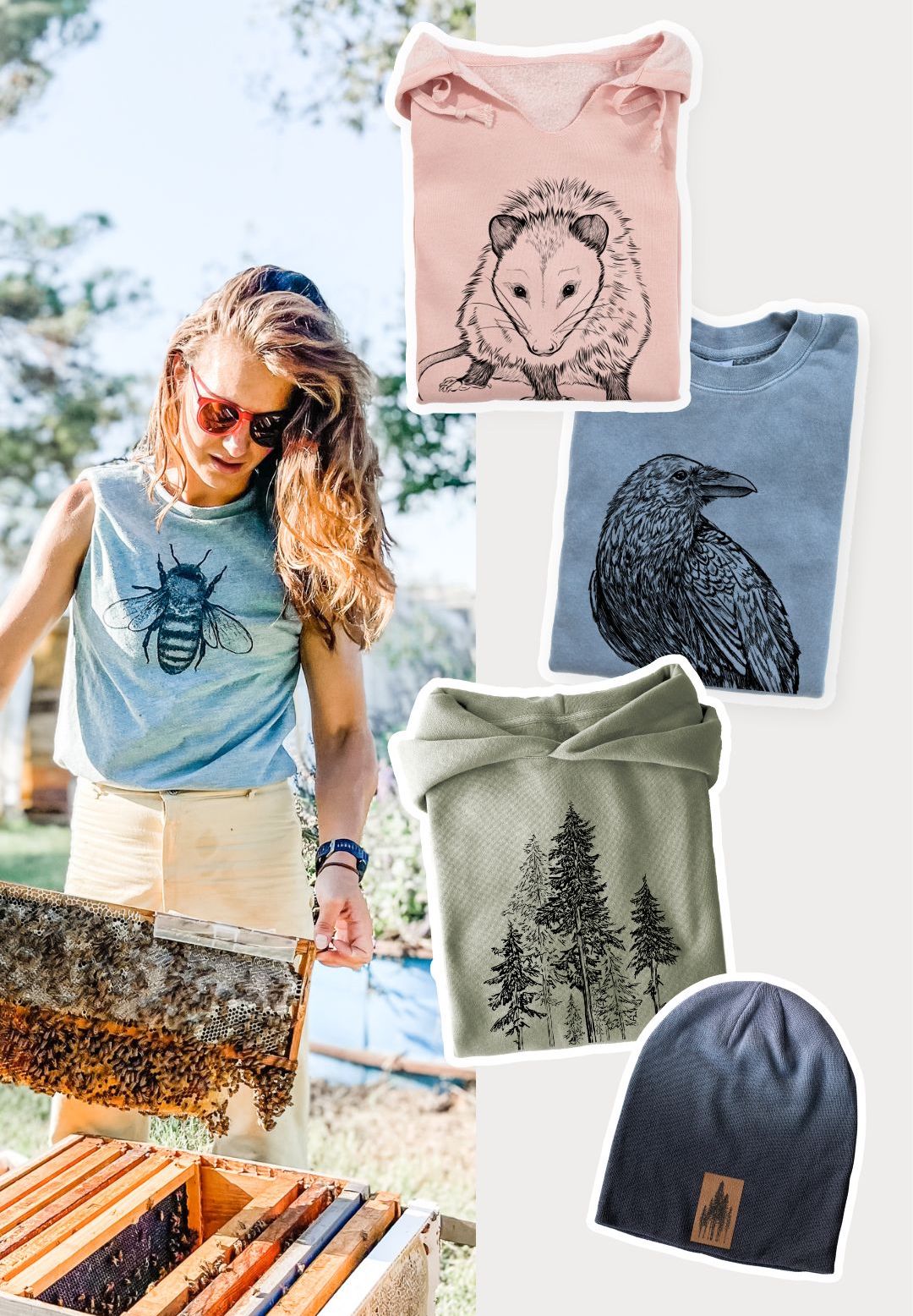

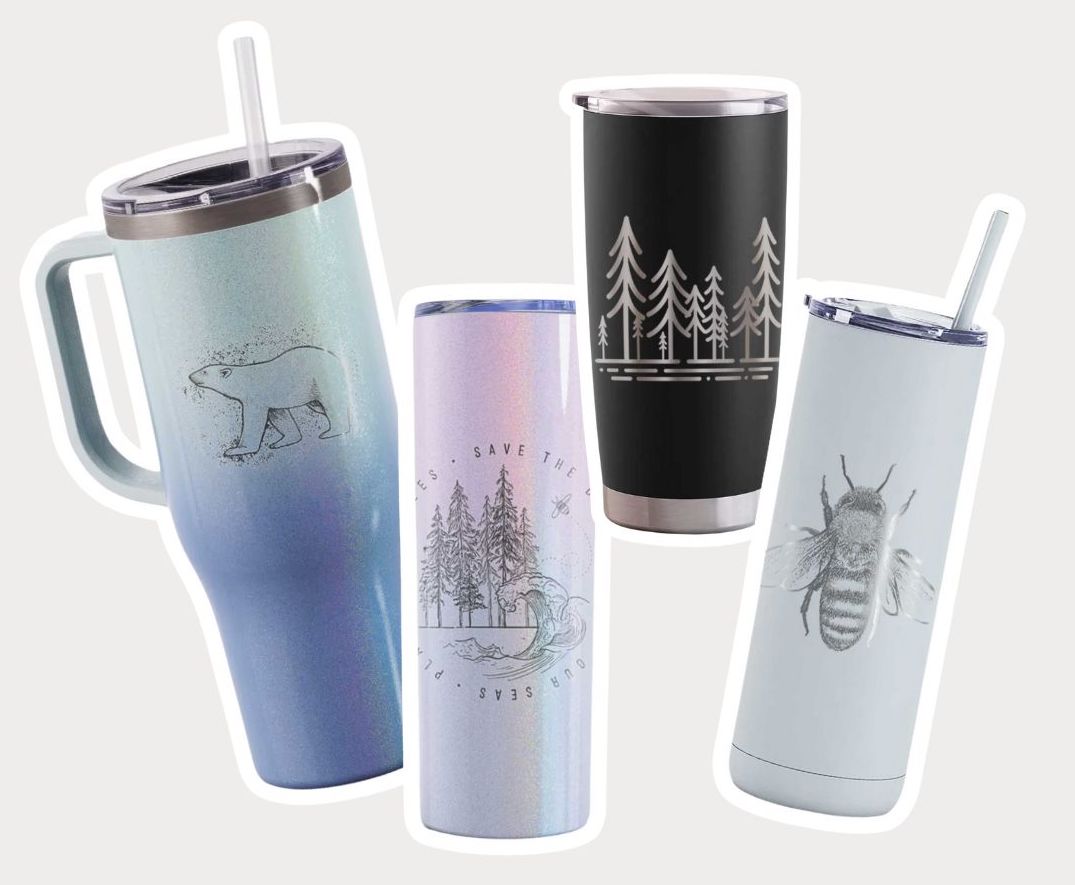

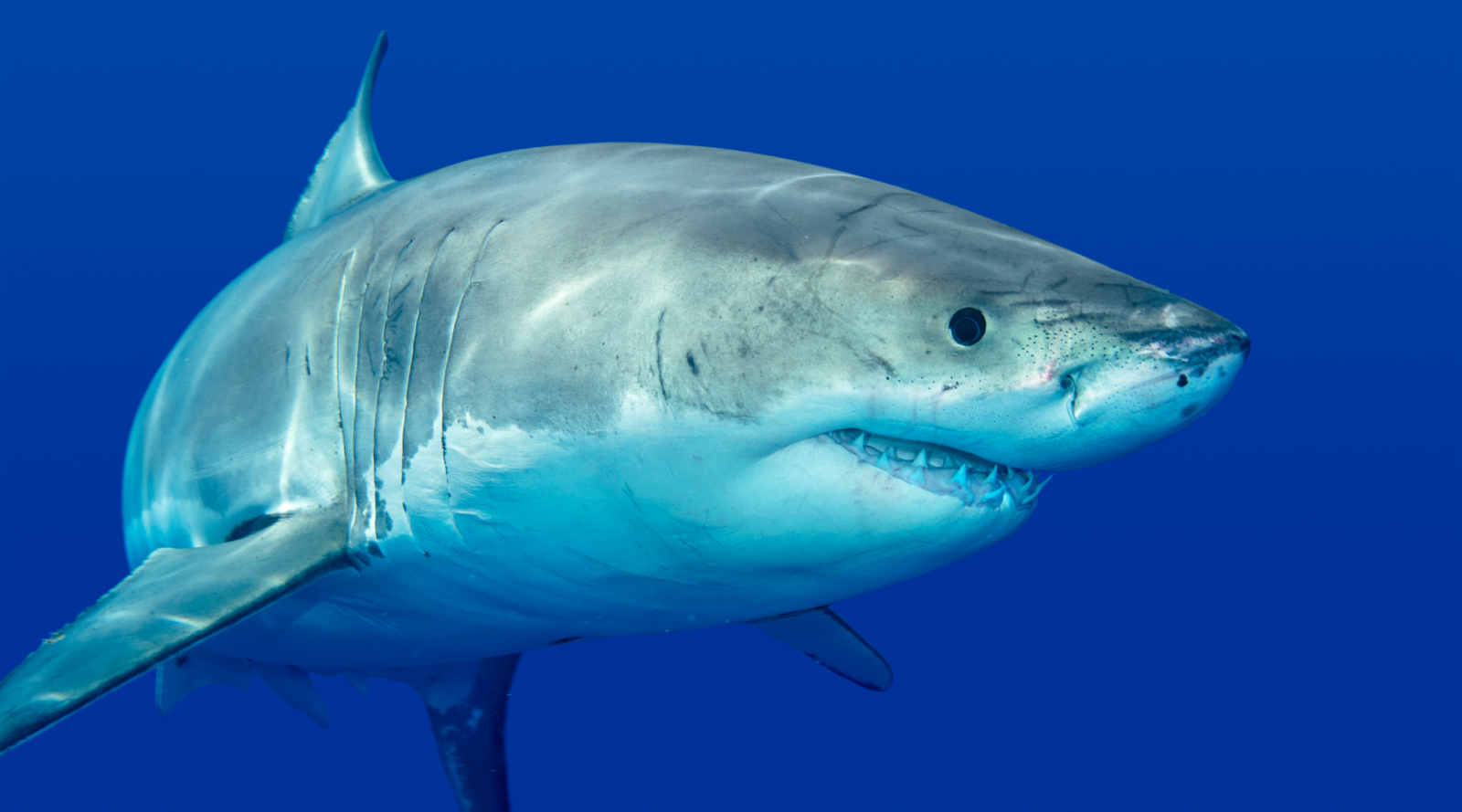


Leave a comment (all fields required)